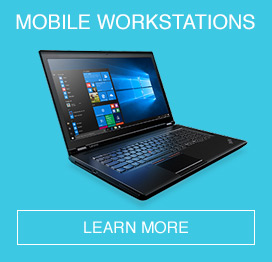Thinking of implementing a bring your own device (BYOD) policy in your workplace? Here’s everything you need to know beforehand.
Benefits of bringing your own
A BYOD policy has many benefits. It often works out more cheaply for enterprises, as they don’t have to buy their workforce smartphones and/or laptops to use for business purposes. It can increase productivity, as employees are already familiar with how to use their own devices.
BYOD gives employees more flexibility, as they’re not bound by the usual rules when using company property. And it means they don’t have to carry around separate work and personal devices, making life easier for them.
No wonder employees love it. Since Cisco instigated a BYOD policy, and started offering online help resources, employee satisfaction increased by 28 per cent. And you know what they say, a happy worker is a busy worker.
Beware of the risks
But it’s not all a bed of roses. BYOD has its downsides, too, which is why it’s vital your organisation is prepared before implementing it.
It can prove costly for the workers, as they are responsible for having a compatible device. There can also be disparities between devices, as they’re chosen according to individual employee preferences, rather than a company-wide policy. There’s also the risk that not all employees have the most up-to-date security provisions on their devices, which could put the firm’s security at risk.
These downsides could all be solved by a Choose Your Own Device (CYOD) policy, which combines most of the benefits of BYOD but with added security safeguards.
If you are pursuing BYOD, how do you make sure your organisation is ready to deal with these potential downsides?
Things to consider
One option is to draw up a list of approved devices, so you know what employees are using to access your network. However, this might risk alienating employees who don’t have the right device, and they might not be willing to buy a compatible one. It pays to research which devices your workers use beforehand, and whether they would be prepared to change to comply with a BYOD policy. They may be more willing to upgrade their device if the company subsidises their purchase, which is worth considering.
A shortlist of approved apps can also be useful. (Some organisations even use a Bring Your Own Application (BYOA) policy.) You’ll only want those with bulletproof security provisions accessing your network. Making this clear to workers before the policy rolls out should avoid any potential problems down the line.
You should let employees know what kind of technical support they can expect from the organisation in return. Not only will this instill the confidence they need to work securely, it will show that the policy isn’t one way, and will quash any rumours that it’s merely an exercise in cost-cutting.
Consider other security options, like two-factor authentication and the ability to remotely wipe devices in case they’re lost or stolen. A virtual desktop will let employees connect to the company network, with applications running on the firm’s server. The great thing about a virtual desktop is that no data is transferred from the corporate server to the device, meaning sensitive information about the enterprise is less likely to fall into the wrong hands.
Ensuring employees’ devices support your firm’s data encryption strategy is also vital to keep company data safe.
Infrastructure needs
You’ll need to take a long, hard look at your company’s Wi-Fi infrastructure, and see if it needs improving. Wi-Fi use is only going to increase, so it will pay to future-proof your premises.
Security encryption, actionable insights and device flexibility across all types of devices (smartphones, tablets, laptops and desktop computers) are musts for any workplace Wi-Fi network. Installing access points throughout the building will help you get wider coverage.
Without a standardised approach, employees will all be on different mobile networks, so you should ensure each has decent coverage on site. You can do this with the use of small cell technology. Failing that, you could encourage employees to use VOIP calls as their preferred method of communication. Of course, VOIP takes up extra bandwidth, which is another reason to make sure your Wi-Fi is robust and quick enough to cope.
BYOD has many benefits for businesses, but some downsides too. By ensuring your enterprise is well prepared before you instigate it, you’ll mitigate the negative effects, keeping your employees happy and your business booming.
















